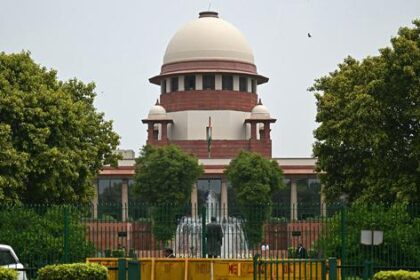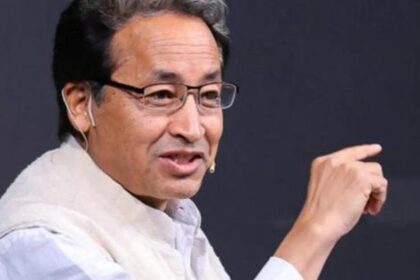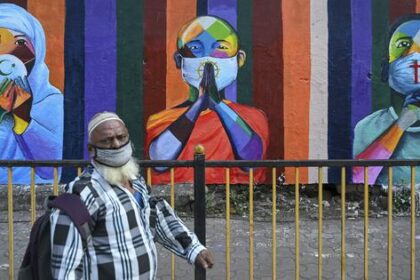Artist defends work as a commentary on sexual violence, while legal action follows public complaint.
The Mumbai Police have initiated legal proceedings against artist T Venkanna and Abhay Maskara, the curatorial director of Gallery Maskara, following the display of a painting that has been described as objectionable. This action arises from a complaint lodged by a lawyer, as reported by the Hindustan Times.
Venkanna’s exhibition titled “The Human Theatre” was showcased at the gallery in Colaba from September 11 to September 25. The specific artwork in question is a piece named “Union for Peace.” According to police reports, the complainant asserted that when he inquired about the painting from the gallery staff, they reportedly isolated themselves in separate rooms to avoid his questions.
In light of this incident, the police have charged Venkanna and Maskara under various sections of the Bhartiya Nyaya Sanhita, which include laws related to the sale of obscene materials and actions intended to offend religious sentiments. The case reflects ongoing tensions surrounding artistic expression and its interpretation in the context of cultural and religious sensitivities.
In response to the allegations, Venkanna articulated that the intention behind his work was to depict a woman as a protagonist against sexual violence, emphasizing that the painting had been misunderstood as a critique of religion. He stated, “In this image, a woman stands as a protagonist against sexual violence. The man below her, already dead, represents a criminal punished for his actions.” This clarification aims to reframe the narrative surrounding the artwork, asserting that it conveys a broader message about the societal challenges faced by women.
Venkanna further explained that his painting is not a religious allegory but a symbolic representation of a woman who takes matters into her own hands in a patriarchal society, where sexual crimes against women often remain unaddressed or go unpunished. This assertion highlights the artist’s intention to provoke thought and dialogue around critical issues rather than to offend any particular belief system.
As the situation unfolds, the gallery’s official website maintains that the exhibit features erotic images of an artistic nature, advising potential viewers to exercise discretion before attending. The gallery has stipulated that all admissions are strictly by invitation, underscoring that entry is limited to individuals aged 18 and above, with identification required in case of doubt.
This case brings to the forefront the delicate balance between artistic freedom and public sentiment, raising questions about the boundaries of expression in contemporary art. The outcome of the legal proceedings may have implications not only for the artists involved but also for the broader discourse on art and its role in society.








